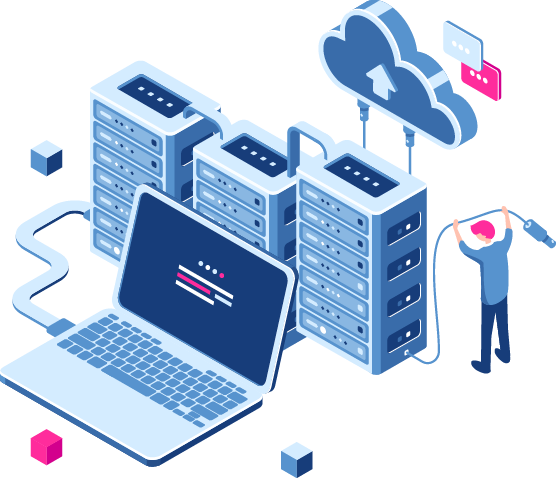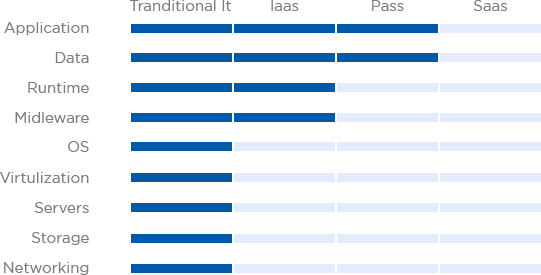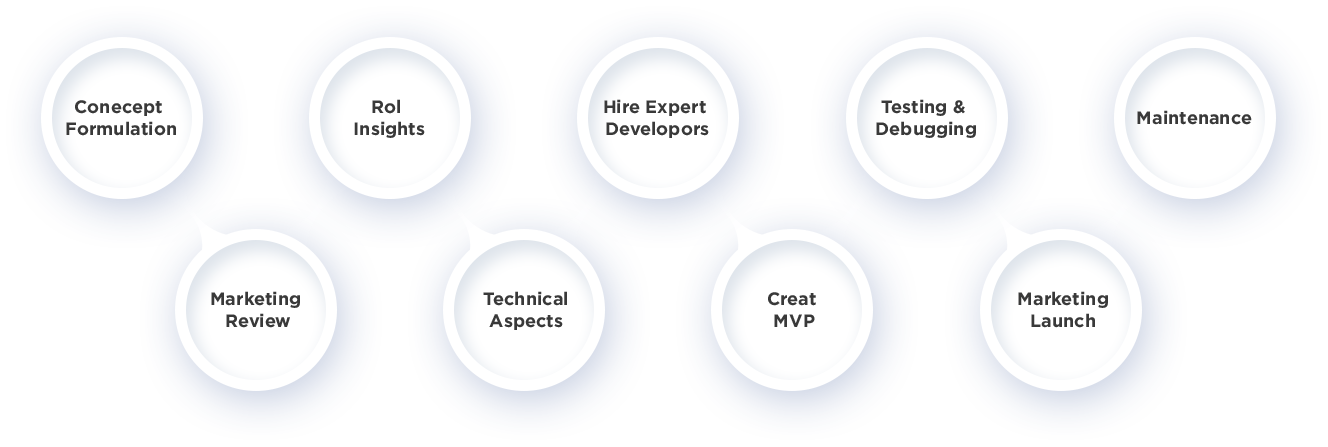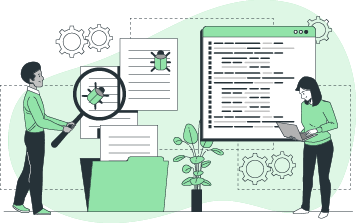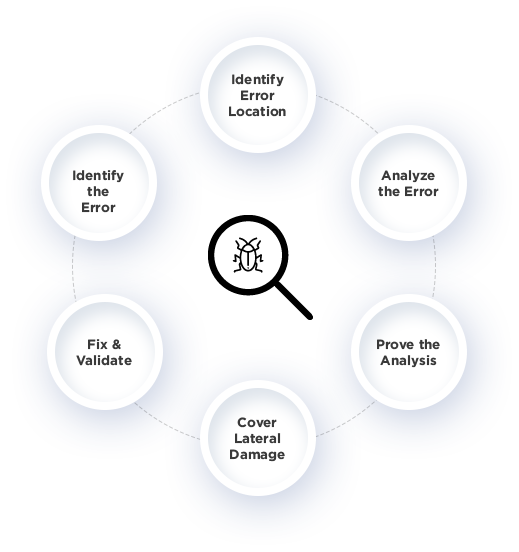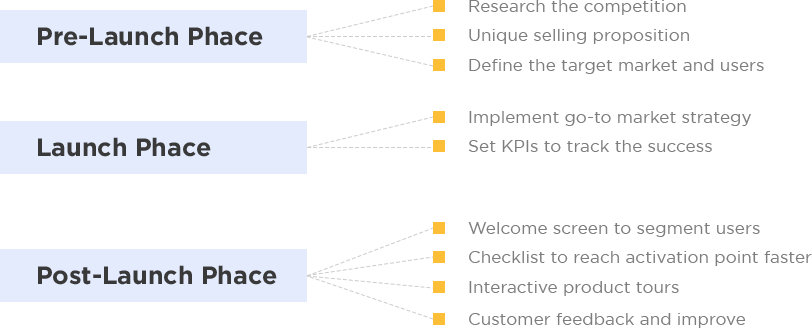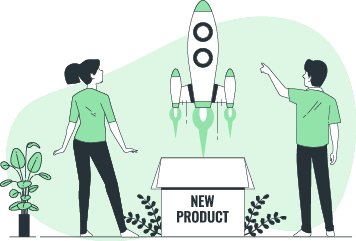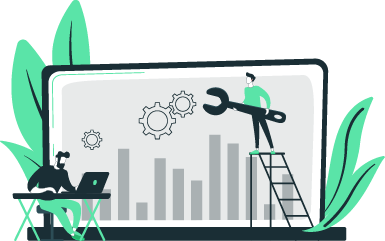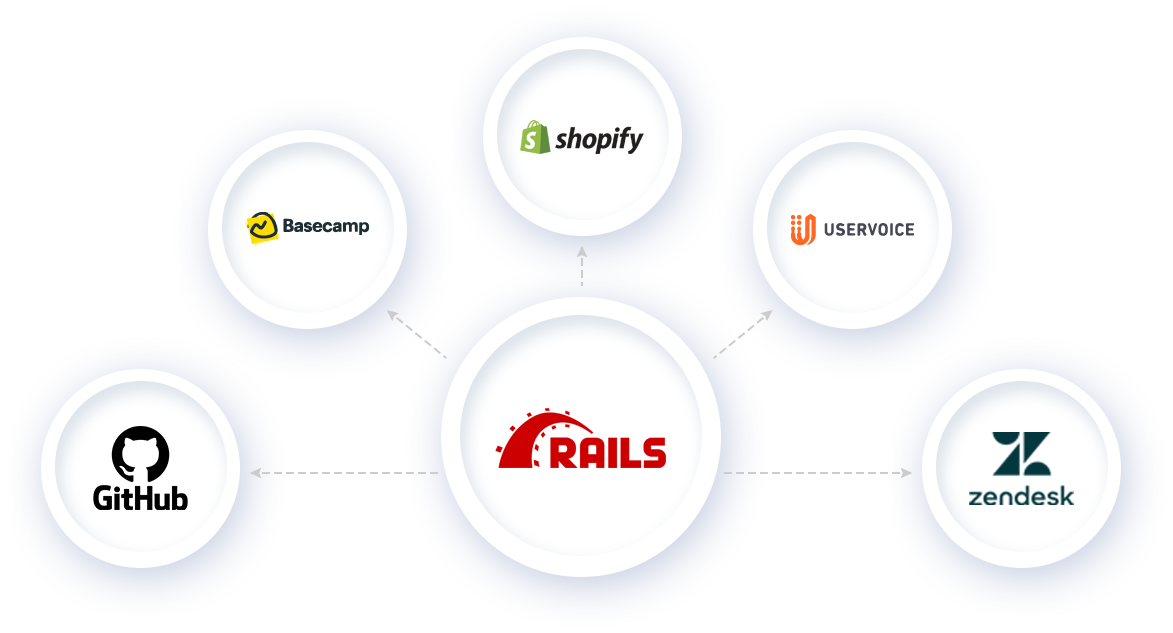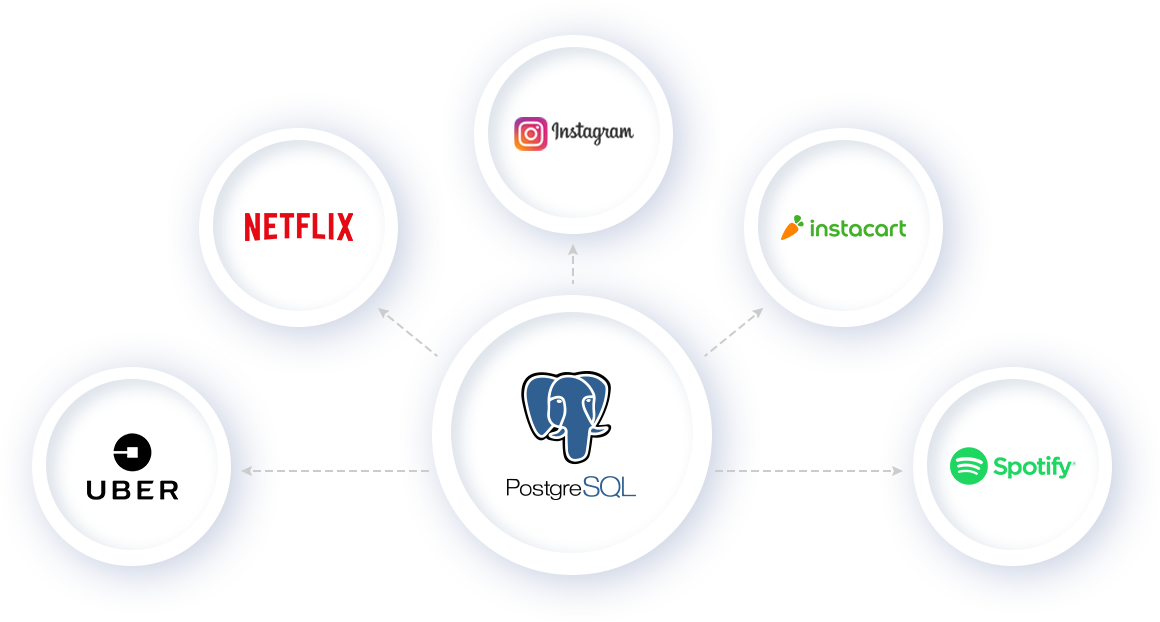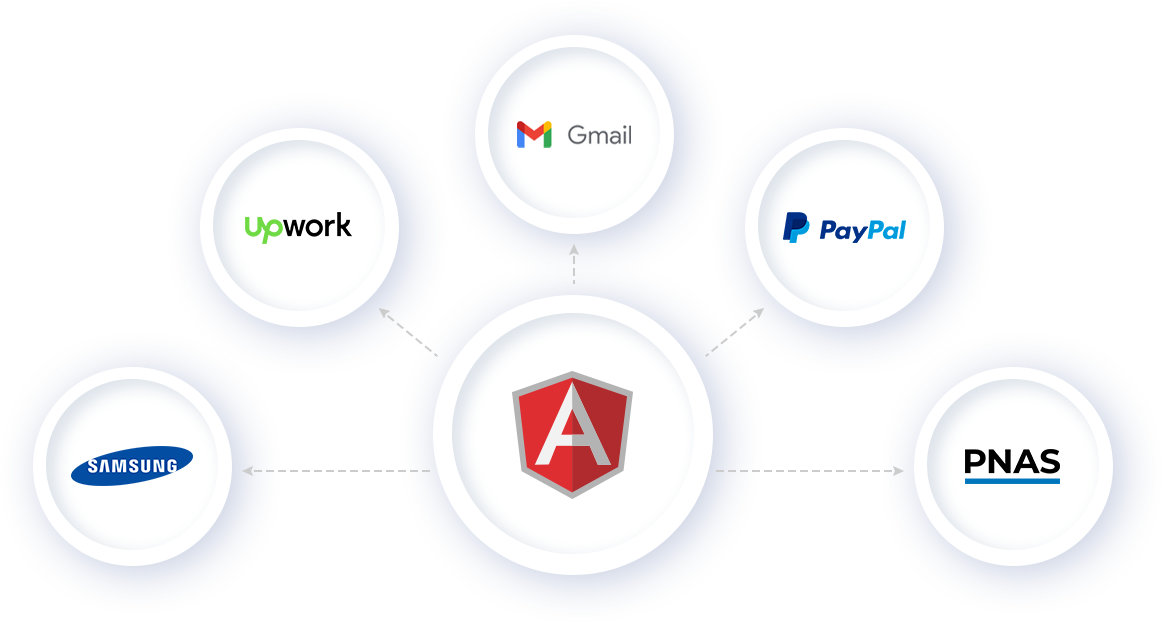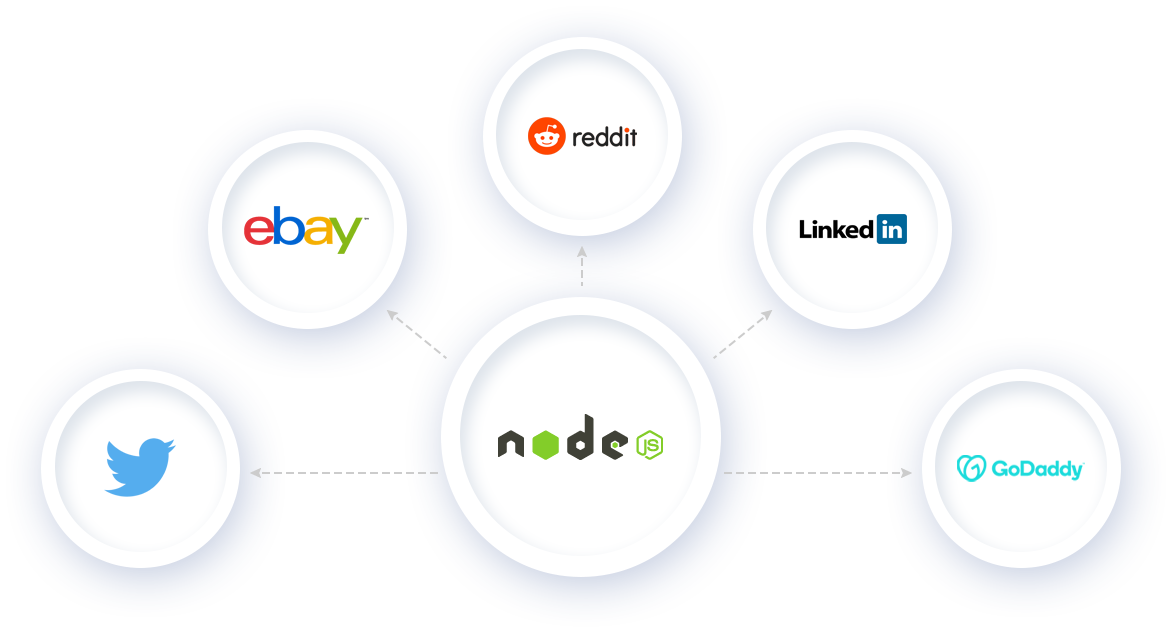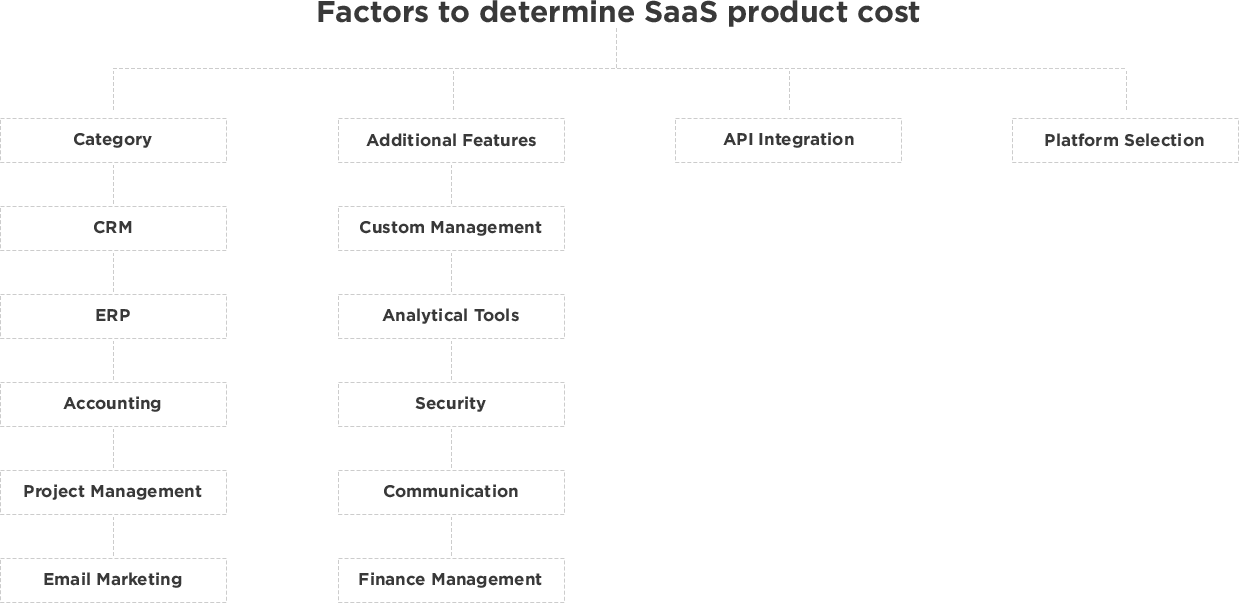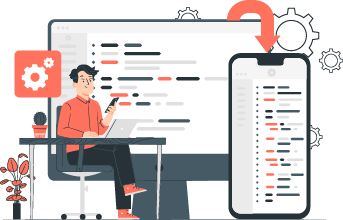What is a SaaS product?
SaaS product is a virtual, ready-to-use cloud-based internet software product, designed with a flexible and engaging UI that can be accessed without installing it on your device.
What are the steps of the SaaS Development Life Cycle?
- SaaS development life cycle involves
- Concept Formulation
- Market Review
- ROI Insights
- Technical Aspects
- Hire Expert Developers
- Create MVP
- Testing and Debugging
- Market Launch
- Maintenance
How is the development of SaaS related to Cloud Computing?
SaaS is a sub-category in cloud computing along with Iaas (Infrastructure-as-a-service) and PaaS (Platform-as-a-service).
What are the main areas SaaS solutions are used in?
The current areas that incorporate SaaS solutions are customer relationship management (CRM), enterprise resource planning (ERP), accounting, project management, e-mail marketing, e-commerce, communications, and human resource management.
How much does it cost to build a SaaS product?
For a SaaS product with basic features, the cost ranges from $30,000 - $200,000. However, various factors including the complexity and geographical location of the developers will contribute to these numbers.
How Long Does It Take To Develop A SaaS Product?
A general time range to develop an effective SaaS product can be from three months to one year. This time period is divided into various working hours of UI/UX designing, back-end development, and front-end development with some post-release expenses.
What are the most reliable ways to hire the right SaaS Development company?
- The 5 reliable ways to hire the right SaaS development company are;
- Identify your project requirements,
- Research for SaaS development companies,
- Ensure the company’s technical expertise,
- Review the company’s testimonials, and
- Review the company’s project management skills
























